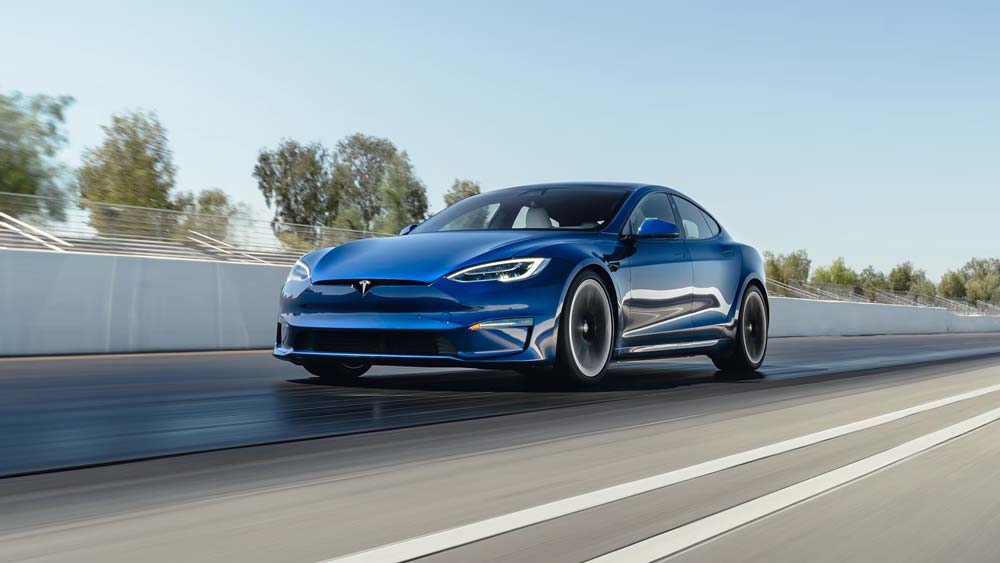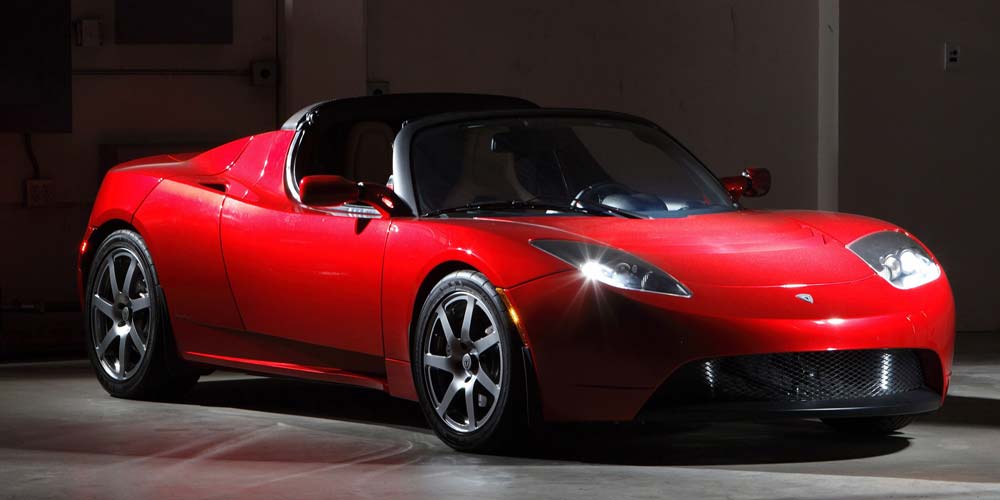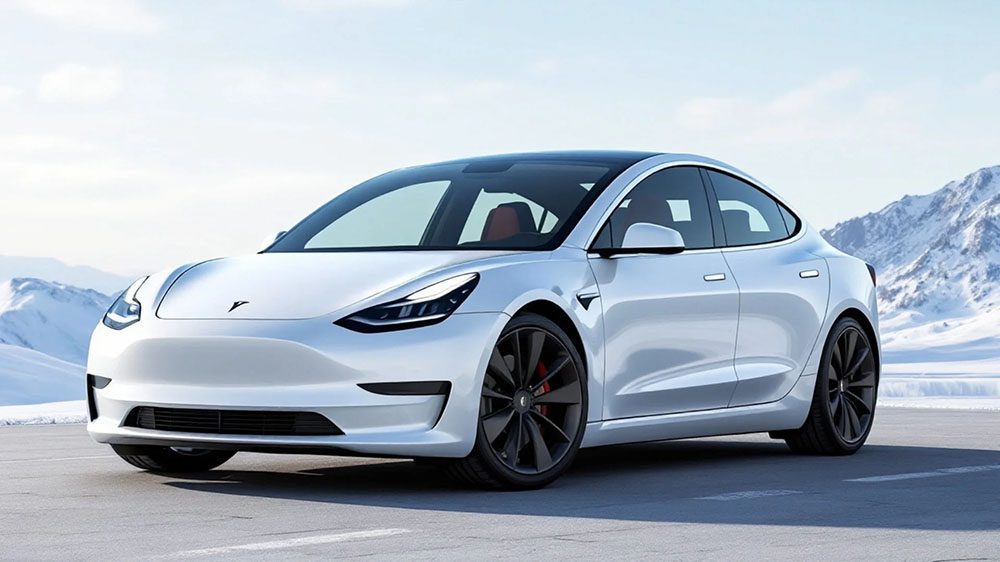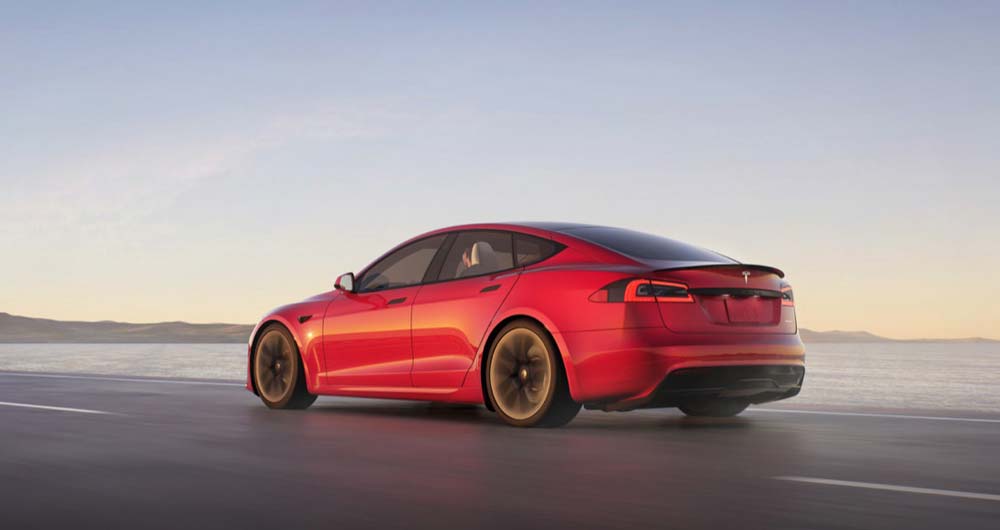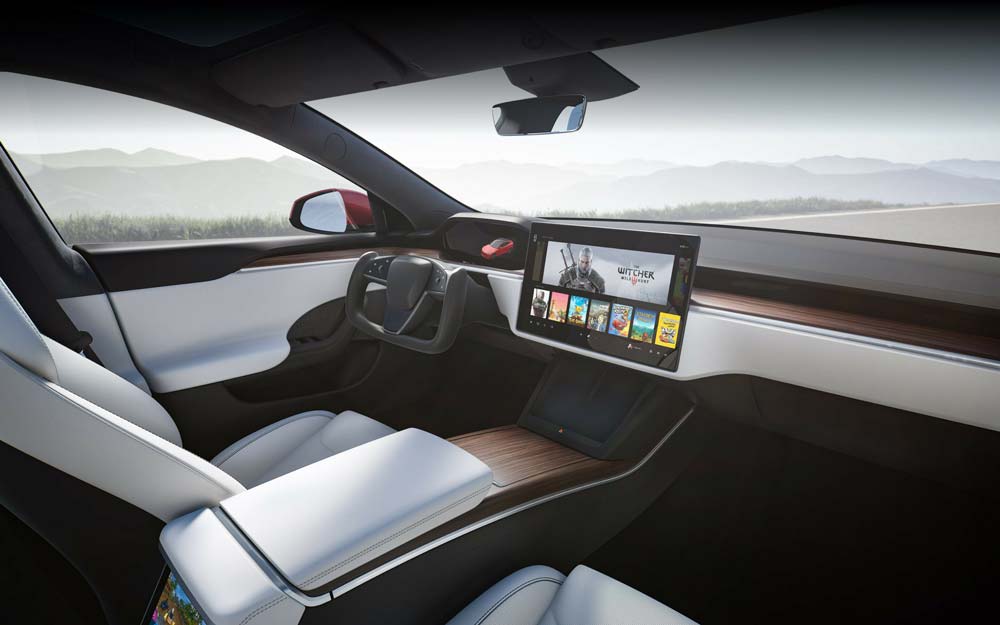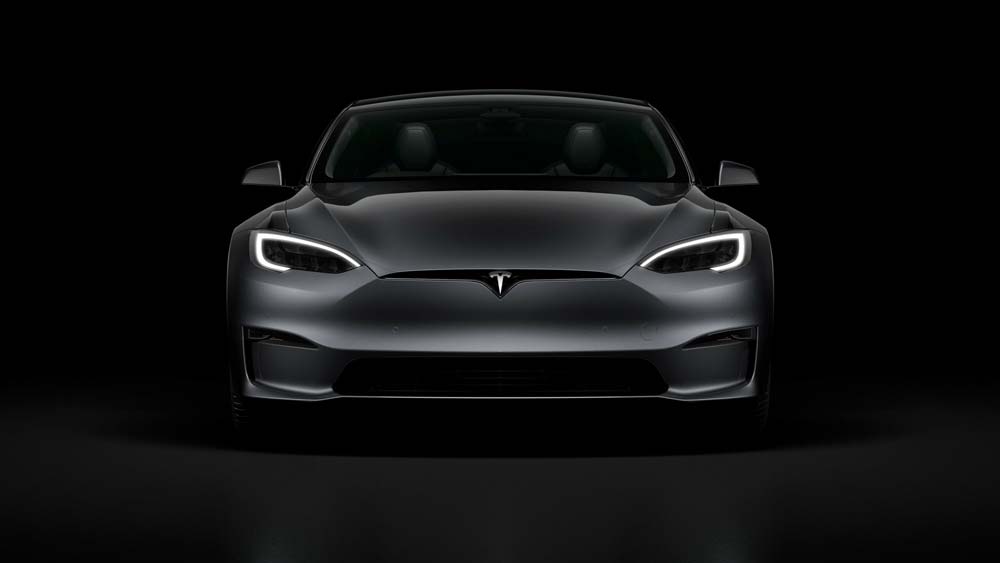The Tesla Model S: Pioneering the Modern Electric Car Revolution
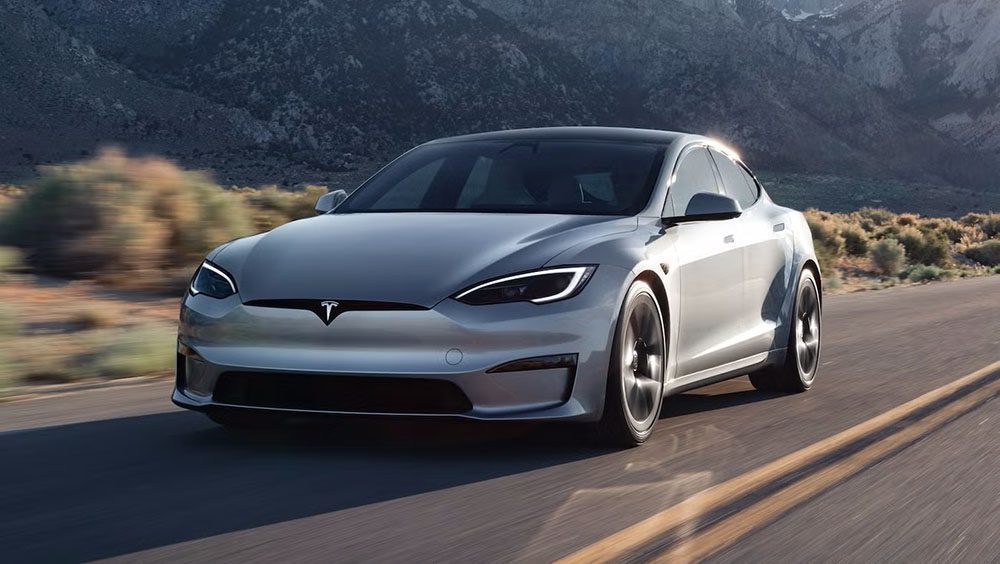
Introduction: The Electric Car Revolution
Electric cars have existed for over a century, but for most of their history, they were seen as impractical, slow, and lacking the range to compete with gasoline-powered vehicles. Despite early developments in the late 19th and early 20th centuries, electric vehicles (EVs) were overshadowed by the rise of internal combustion engines, which were easier to refuel and offered greater range.
That changed dramatically in 2012, when Tesla Motors introduced the Model S, a sleek, high-performance electric sedan that shattered perceptions of what an EV could be. The Model S didn’t just prove that electric cars could work—it proved they could be better than gasoline-powered cars.
This blog post explores how the Tesla Model S revolutionized the EV industry and paved the way for the electric future we see today.
Table of Contents
- Introduction: The Evolution of Electric Cars
- Tesla’s Vision: Redefining the Electric Vehicle Market
- The Birth of the Model S: A Game-Changer in 2012
- Innovative Features That Set the Model S Apart
- The Impact of the Model S on the Automotive Industry
- The Evolution of the Model S Over the Years
- How the Model S Shaped the Future of Electric Vehicles
- Conclusion: The Legacy of the Tesla Model S
- References
Tesla’s Vision: Redefining the Electric Vehicle Market
Before the Model S, electric cars were mostly niche products, often seen as underpowered city commuters. Tesla, founded by Elon Musk and a team of engineers in 2003, set out to change that. Their mission was clear: to accelerate the world’s transition to sustainable energy by making electric vehicles mainstream.
Tesla’s strategy was unique:
- Start with a luxury sports car (Tesla Roadster, 2008) to prove that EVs could be fun and powerful.
- Use profits to develop a more practical, high-end sedan (Model S, 2012) that could directly compete with gasoline-powered luxury cars.
- Expand into mass-market EVs (Model 3, 2017, and Model Y, 2020) to make electric cars accessible to more people.
The Model S was the first real test of Tesla’s ability to build a competitive electric car—and it exceeded all expectations.
The Birth of the Model S: A Game-Changer in 2012
When the Tesla Model S debuted in 2012, it was unlike any other electric vehicle ever made. It combined:
- A stunning design that rivaled high-end luxury sedans.
- Unmatched range, thanks to its revolutionary battery technology.
- Supercar-like performance, proving EVs could be both fast and efficient.
At a time when most EVs had a range of 100 miles or less, the Model S debuted with up to 265 miles of range, making it the longest-range electric car in history at the time.
Tesla also made fast charging possible with its growing Supercharger network, addressing one of the biggest concerns about EVs: charging infrastructure.
Innovative Features That Set the Model S Apart
The Tesla Model S was not just another luxury sedan—it redefined what people expected from a car. Some of its most groundbreaking innovations included:
1. Long-Range Battery Technology
- The Model S was the first EV with long-range lithium-ion batteries, allowing for distances over 300 miles in later versions.
2. Supercharger Network
- Tesla created its own high-speed charging stations, allowing Model S drivers to recharge 80% of their battery in about 30 minutes.
3. Performance Like a Supercar
- The Model S P100D Ludicrous Mode could go from 0-60 mph in just 2.3 seconds, making it one of the fastest production cars ever.
4. Minimalist, High-Tech Interior
- The Model S replaced most physical buttons with a massive 17-inch touchscreen, setting a trend in modern car interiors.
5. Over-the-Air (OTA) Software Updates
- Tesla pioneered remote software updates, allowing cars to receive new features and performance improvements without visiting a dealership.
6. Autopilot and Full Self-Driving (FSD) Capabilities
- The Model S introduced Tesla’s Autopilot system, making semi-autonomous driving possible and pushing the industry toward self-driving technology.
With these features, the Model S wasn’t just an electric car—it was a technological revolution on wheels.
The Impact of the Model S on the Automotive Industry
The Tesla Model S changed the global perception of electric vehicles. Its impact can be seen in several key ways:
1. Proving That EVs Could Be Better Than Gasoline Cars
- Before the Model S, EVs were seen as slow and impractical. Tesla shattered that myth by creating an electric car that outperformed gas-powered luxury cars in almost every way.
2. Pushing Legacy Automakers to Go Electric
- After seeing the success of the Model S, major car manufacturers like Porsche, BMW, Audi, and Mercedes-Benz started investing heavily in electric vehicle development.
3. Expanding the EV Charging Infrastructure
- Tesla’s Supercharger network pushed other companies and governments to build more charging stations, making EVs more practical for long-distance travel.
4. Raising Consumer Expectations
- Features like long-range batteries, high-speed charging, over-the-air updates, and self-driving technology became industry standards, forcing competitors to keep up.
The Evolution of the Model S Over the Years
Since its launch in 2012, the Model S has undergone several updates, improving range, performance, and technology:
- 2016 – Autopilot 2.0 introduced with upgraded sensors and semi-autonomous driving capabilities.
- 2017 – Tesla launched the Model S 100D, increasing the range to 335 miles per charge.
- 2019 – Raven update improved suspension, efficiency, and charging speed.
- 2021 – Model S Plaid edition introduced, achieving 0-60 mph in 1.99 seconds—the fastest production car ever.
With each iteration, the Model S remained the benchmark for electric luxury performance cars.
How the Model S Shaped the Future of Electric Vehicles
The Tesla Model S is arguably the most influential electric car of the modern era. Without it, the rapid adoption of EVs we see today might not have happened so quickly.
Its key contributions include:
- Proving that EVs can outperform traditional cars.
- Forcing the auto industry to take electric cars seriously.
- Popularizing long-range batteries and fast charging.
- Accelerating the transition to sustainable transportation.
With Tesla continuing to innovate and expand, the Model S’s legacy will live on as the car that sparked the electric revolution.
8. Conclusion: The Legacy of the Tesla Model S
The Tesla Model S didn’t just succeed—it changed the entire automotive landscape. By proving that EVs could be stylish, fast, and practical, it set the stage for the widespread adoption of electric vehicles.
Today, nearly every major automaker has committed to going electric, and it all started with the Model S in 2012.
As the world moves towards a fully electric future, one thing is clear: the Tesla Model S will be remembered as the car that made it all possible.
9. References
- Tesla, Inc. (2012) Tesla Model S Press Release. Palo Alto: Tesla Press.
- Musk, E. (2013) The Future of Electric Vehicles. Twitter/X Post.
- Lamm, M. (2021) Electric Revolution: How Tesla Changed the Auto Industry. Detroit: MotorTech Press.
- Consumer Reports (2023) How the Model S Redefined Luxury EVs. New York: CR Publications.

Introduction Dieter Rams is widely regarded as one of the most influential industrial designers of the 20th century. His work…
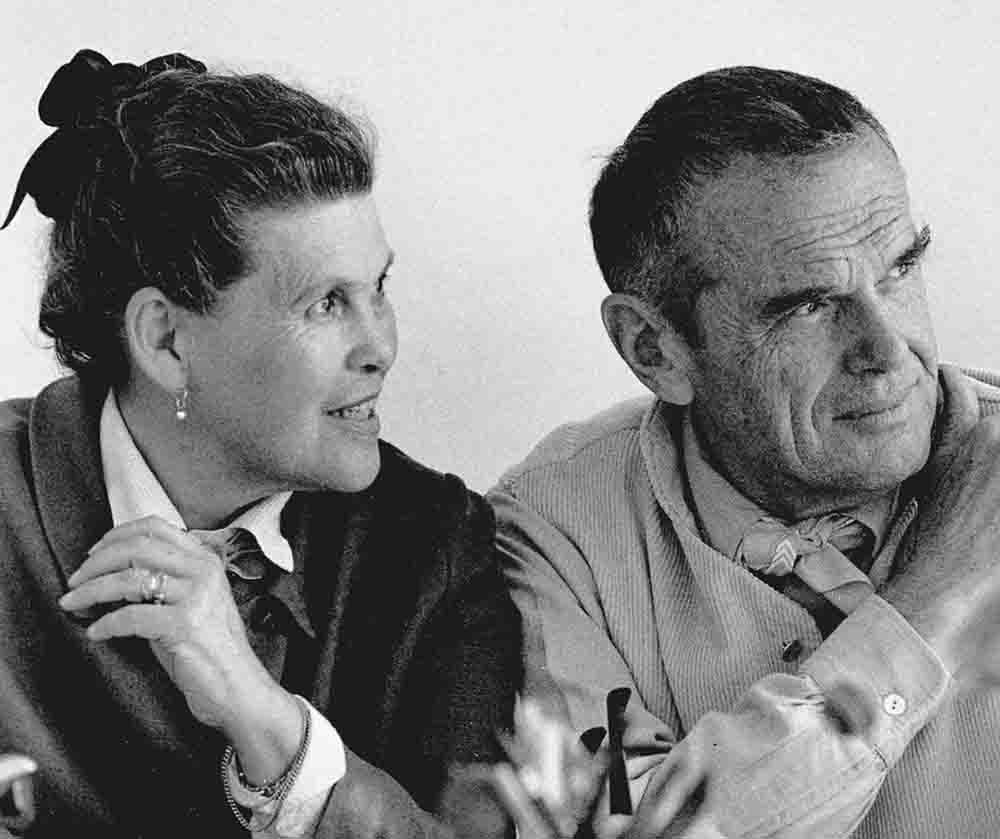
Introduction When you think of iconic furniture design, the names Charles and Ray Eames are likely to come up. This…
